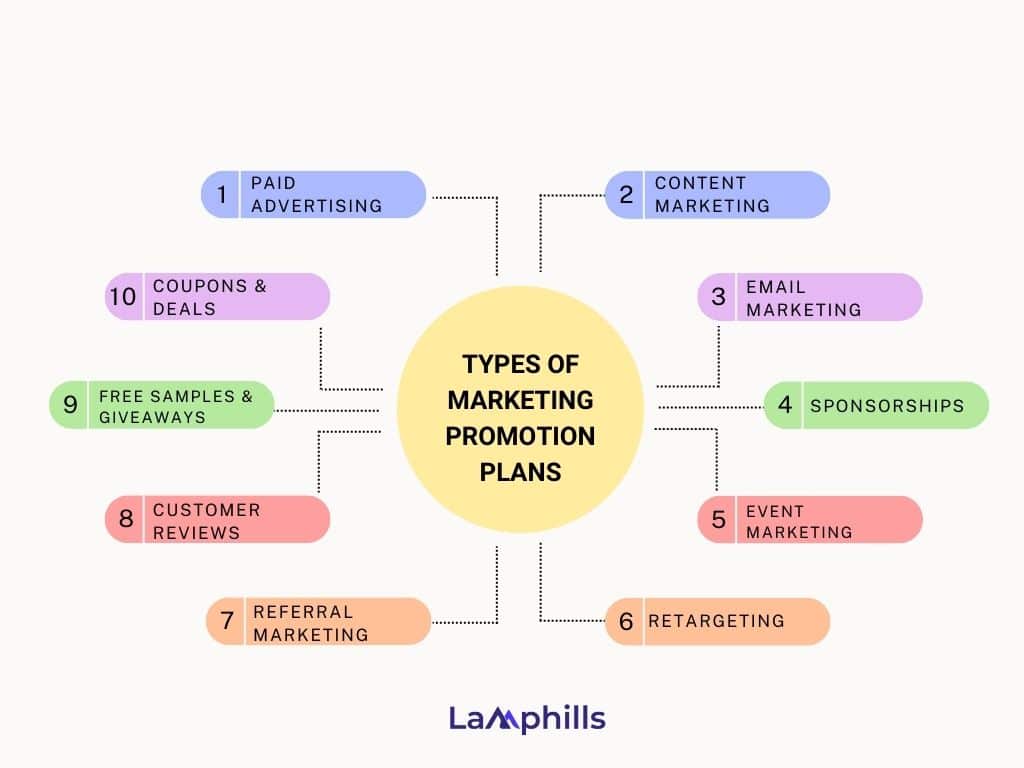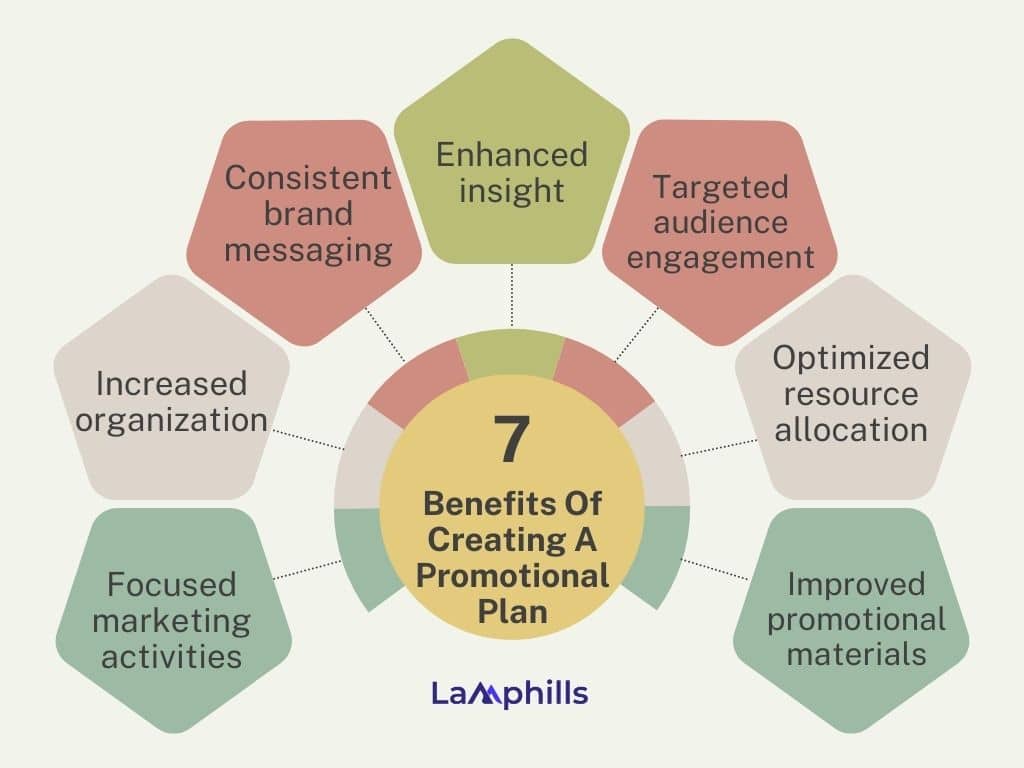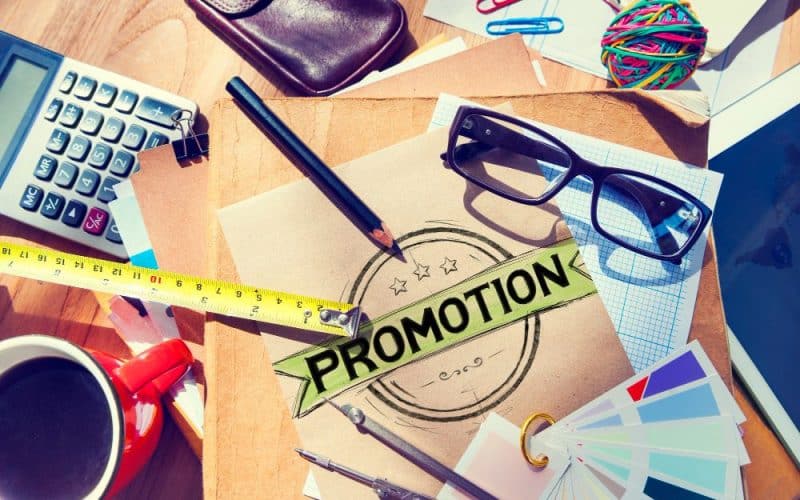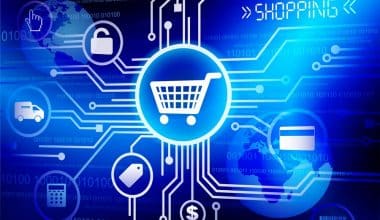A promotional plan is very important in running a business, especially when it comes to creating marketing strategies to promote a new product. It provides a roadmap for businesses to communicate effectively with their target audience, increase brand visibility, and achieve specific marketing objectives.
A well-crafted promotional plan considers various elements such as target market, messaging, timing, budget, and desired outcomes to guide the implementation of marketing campaigns and ensure a cohesive and impactful promotional effort.
Key Takeaways
- A promotional plan provides a roadmap for businesses to communicate effectively with their target audience, increase brand visibility, and achieve specific marketing objectives.
- It is a marketing tool that helps you create promotions for your products and services.
- There are several ways to promote a product, including paid advertising, content marketing, referrals, customer reviews and email marketing, among others.
- Most promotions have 2 primary goals: to increase revenue and maximize market exposure.
- The strategies outlined in this article are geared towards meeting these goals.
What Is A Promotional Plan?
Promotional planning is a marketing tool that helps you create promotions for your products and services. These plans outline how to advertise your products with the intention of reaching the product’s target audience. The goal of this is to attract more customers who have a high likelihood of purchasing your product or service.
Promotional planning allows you to communicate information about your goods or services to potential customers. It’s important to create a promotional plan so you optimize your marketing strategies, which can help you gain more sales.
A promotional plan is especially helpful when launching a new product. It provides information about a good or service to the intended audience. Your promotional plan helps promote customers to take action and purchase the item.
Types of Marketing Promotion Plans
There are several ways to promote a product. If you’re looking for inspiration, I’ve outlined 12 different types of promotion strategies below.

#1. Paid advertising
Paid advertising is often the first type of promotional plan that comes to mind. This straightforward strategy involves paying to show an advertisement in a specific place at a specific time, so you can capture the attention of your target market. It’s a great way to build brand awareness and introduce your brand to people who may not have heard of it before.
Here are some examples of paid advertising:
- Television ads
- Radio ads
- Newspaper and magazine ads
- Billboards
- Online display ads (for example, through Google or social media)
#2. Content marketing
Content marketing is a common type of digital promotion strategy, focused on distributing valuable content in order to attract and retain an audience. The idea behind content marketing is this: It associates your brand with useful, relevant content that helps customers solve issues—building trust over time and ultimately encouraging customers to buy your products.
Content marketing is a great promotional tool for any company, but it’s especially helpful for businesses with longer sales cycles, like B2B and SaaS companies. For these companies, content marketing helps provide enough customer education for buyers to make informed purchase decisions.
Content marketing comes in many forms, including:
- Blog posts
- Videos
- Social media posts
- Email newsletters
- Podcasts
- Whitepapers or reports
- Content created to improve SEO (search engine optimization)
#3. Email marketing
Email marketing helps you connect with your target audience via—you guessed it—email. You can send emails to any subscribers on your mailing list—whether they’re potential customers, loyal customers, or something in between. For example, you can collect email addresses from potential customers by offering free products or services in exchange for their information.
There are lots of things you can send via email, including:
- Newsletters and exclusive content
- Information about product releases
- Special deals and coupons
#4. Sponsorships
Sponsorships involve aligning your company with another brand—like an event, TV program, charity, or even a celebrity. For example, Pepsi routinely sponsors the Super Bowl, while Red Bull sponsors NASCAR and extreme athletes of all kinds. Nowadays, sponsorships often include social media influencer marketing—creating partnerships with individuals who became famous through social media platforms like Instagram or Youtube.
Sponsorship aims to boost your brand’s public image and credibility. Aligning yourself with another brand can drive media exposure, improve public relations, and expand your audience—plus make you stand out from the competition.
#5. Event marketing
Event marketing involves participating in, sponsoring, or hosting events in order to promote your brand or product. This strategy helps you connect and engage with customers first-hand, so they can get a real sense of your product and what your brand represents. Not only that, but events can help you build your brand presence, generate leads, and generate goodwill with customers.
Event marketing comes in many forms, including:
- Conferences
- Trade shows
- Seminars and classes
- Webinars
- Virtual events
- Live streaming events
- Community events
#6. Retargeting
Retargeting focuses on customers (or potential customers) with high purchase intent. In other words, it involves targeting segments of your customer base who’ve already made it down to the bottom of the marketing funnel. Prioritizing retargeting can help you get a high return on your investment, since this audience is already primed and ready to buy.
For example, retargeting could include:
- Sending reminder emails to customers who filled up an online shopping cart but didn’t check out.
- Showing targeted advertisements to customers who purchased your products in the past.
- Sending nurture emails to people who purchased something a while ago but haven’t been back.
#7. Special Causes
Aligning your brand with a special cause makes customers feel like they’re part of something bigger. They’re not just helping themselves by purchasing your products—they’re also helping make the world a better place. This can help boost brand loyalty and give customers a reason to choose your brand over competitors.
The clothing company Patagonia is a great example of this. By promoting their sustainable manufacturing processes, Patagonia attracts and retains customers who believe in environmental preservation.
#8. Referral marketing
Referral marketing is when you get customers to tell their friends about your brand. Also known as word-of-mouth marketing, referral marketing happens organically when you have a great product—but you can also speed it along with special deals and incentives for customers who refer their connections.
Referral marketing is a powerful strategy because it’s virtually free. And since people tend to trust their friends, referred customers are more likely to actually purchase your product than someone who just sees an ad. For example, Dropbox used referral marketing to permanently increase signups by 60 percent—eventually growing into a multi-billion dollar startup.
#9. Customer loyalty programs
Customer loyalty programs reward people who repeatedly interact with your brand. It’s a way to keep customers coming back by offering deals, discounts, and exclusive product launches. The more customers purchase from your company, the more perks they earn. For example, the beauty company Sephora promotes a loyalty program that offers discounts and gifts to customers who spend a certain amount.
Loyalty programs don’t just boost customer retention—they also help convince potential buyers to choose your brand over competitors. By promoting loyalty programs, you demonstrate ways customers can save money and get more bang from their buck over time.
#10. Customer reviews
Customer reviews are one of the most powerful marketing tools out there. Brands like Amazon, Yelp, and TripAdvisor built their businesses out of reviews—generating trust by promoting customer feedback. The beauty of this strategy is that it encourages customers to promote your brand for you. And as long as you have a high-quality product (and positive reviews), this type of user-generated content can go a long way in convincing potential customers to purchase.
Collecting customer reviews often happens organically, but you can speed it along by specifically requesting reviews from current customers via email or website banners. Some newer brands also seed reviews by sending products to customers in exchange for their honest feedback.
#11. Free samples, giveaways, and trials
Everyone loves free stuff. Giving away samples of your product can help promote customer satisfaction and make customers feel like they’re getting a great deal. But most importantly, free samples and trials give potential customers first-hand experience with your product—and therefore the confidence to actually buy it later on.
To employ this promotion strategy, companies can:
- Offer a trial period so customers can try out the product risk free. Gyms, apps, and online software companies often do this.
- Offer free samples for customers who visit stores in person. The warehouse club Costco is famous for using this method.
- Include free samples when customers purchase a product. This method can encourage existing customers to try new products. For example, online beauty suppliers like Glossier often include free skincare and makeup samples with every purchase.
- Organize contests with free prizes. This is a good way to collect contact information from potential customers. For example, a hotel company might encourage potential customers to enter their contact information for a chance to win a free vacation.
#12. Coupons and deals
Special deals can help you capture customers at the bottom of the marketing funnel—people deciding whether to purchase your product. Deals work in two ways: First, they create a sense of urgency and encourage customers to act quickly before the deal is over. Second, they help customers save money and feel like they’re getting a high return on their investment.
The types of deals you can offer are endless. Here are some examples:
- Special intro offers for first-time customers
- Bundling products together and offering them at a discount (for example, a 10-pack of socks)
- Buy one, get one free deals
- Rebates
- Seasonal sales and discounts (like Black Friday promotions)
- Discounts on special item categories
- Birthday coupons for customers
- Free shipping for customers who spend over a certain amount
Steps For Creating A Strong Promotional Plan
Most promotions have 2 primary goals: to increase revenue and maximize market exposure. The steps outlined below are geared towards meeting these goals.
Strategies For Creating A Strong Promotional Plan
Benefits Of Creating A Promotional Plan
Developing and implementing a comprehensive promotional plan offers several benefits for businesses looking to maximize their marketing efforts:

#1. Focused marketing activities
A promotional plan gives businesses a clear direction for their marketing activities. By identifying specific promotional tactics and channels, businesses can concentrate their resources and efforts on activities that align with their target audience and marketing goals, ensuring maximum impact and return on investment (ROI).
#2. Increased organization
When you develop a promotional plan, you and your team can benefit from increased organization. Promotional planning helps outline several marketing strategies and allows you to manage the process of developing and executing these plans. Improved organization also allows you to prioritize strategies and create clear and feasible goals
#3. Consistent brand messaging
A well-designed promotional plan helps businesses maintain a consistent brand image and messaging across various marketing channels. It ensures that all promotional activities align with the brand’s values, voice, and positioning, enhancing brand recognition, customer trust, and loyalty.
#4. Enhanced insight
Promotional planning also provides you with enhanced insight. Once you implement promotional plans, you can determine what your most successful products and strategies are. This helps you understand which approaches worked and which ones need further improvement. You can learn from these insights to improve your marketing skills.
#5. Targeted audience engagement
A promotional plan enables businesses to identify and engage with their target audience more effectively. By understanding their customers’ preferences, needs, and behavior, businesses can tailor their promotional activities to resonate with their target market, increasing the chances of engagement and conversion.
#6. Optimized resource allocation
Developing a promotional plan allows businesses to allocate their marketing resources, such as budget, time, and personnel, more efficiently. By setting clear objectives, priorities, and timelines, businesses can optimize their resource allocation to maximize the effectiveness and impact of their promotional activities.
#7. Improved promotional materials
When you implement a promotional plan, you can create improved promotional materials and strategies. Planning helps you outline your strategies and goals, resulting in better advertising materials. This gives you time to develop your strategies to see what can make them better.
For example, if you spend time creating objectives and determining the target audience for a product, your promotional materials become more effective. This can lead to increased sales and support from your customers.
Best Practices For A Successful Promotional Plan
Even the most innovative promotion strategies can fail if they’re not executed correctly. Here’s how to set yours up for success:
#1. Keep promotions simple
The best promotions strategies are simple and easy for customers to understand. You don’t want to make them spend a lot of effort figuring out what an advertisement means or how to redeem a deal. Instead, promotions should feel almost effortless—so customers don’t give up and decide to spend their money somewhere else.
For example, keep sales promotion emails simple and to the point. Instead of cluttering the page with text, highlight the deal and include a call to action button so customers can click through and redeem directly.
#2. Create a distinctive brand
There are a lot of products in the market, so chances are you need to compete for your audience’s attention. That means it’s important to focus on brand differentiation—demonstrating how your brand is better than the competition, and what you can offer that other companies can’t.
For example, the grocery chain Whole Foods set their brand apart by promoting a healthier approach to eating and living—plus creating a visually appealing shopping experience.
#3. Measure results and be ready to change your strategy
Not all promotions work as expected. That means it’s important to routinely track metrics and measure how your strategy is performing—for example, with A/B tests or split tests. This helps you avoid wasting time on marketing efforts that aren’t working anymore, and quickly adapt when the market environment changes.
#4. Re-merchandise your product for promotions
People get used to seeing your homepage and product a certain way. Re-merchandising means mixing up your creative strategy and changing the look and feel of your homepage or product landing page to grab customers’ attention. For example, an e-commerce business could add new visual elements to their homepage to draw attention to promotions.
#5. Provide a good customer experience
Your promotion strategy isn’t over once customers make a purchase. Instead of just focusing on attracting new customers, make sure existing customers have a good experience and want to come back to your brand later on. Create a customer journey map to plot how people think, act, and feel throughout the buying process—then see what improvements you can make.
This might include better customer service, a more seamless checkout process, or even welcome emails and ongoing communications to maintain customer relationships over time.
Recommended Articles
- 15 Famous Brand Positioning Examples to Inspire Your Brand Strategy (+ Branding Tips)
- 7 Strategies for Utilizing Brand Influencer Opportunities in 2024
- Emoji Marketing Trends: How I Use Emojis in Digital Marketing Campaigns in 2024
- What is Brand Monitoring, and Why Is It Important For Your Business?
- What Is Brand Integrity: Why Is It Important to a Company? 5 Key Reasons
- PERSONAL BRAND ATTRIBUTES: What They Are, How to Define Yours and Enhance Them






